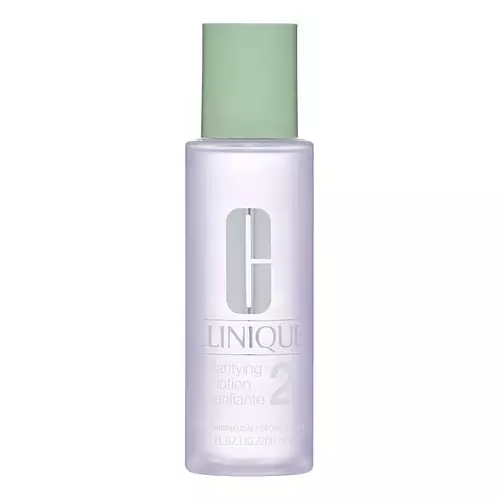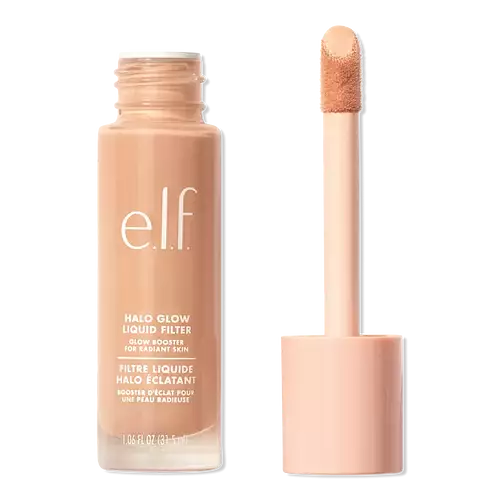Garnier Micellar Cleansing Water All-In-1 Versus The Ordinary Multi-Peptide + HA Serum
Updated on July 18, 2024
Overview
What they are
These products are both vegan, cruelty-free, and reef safe . They have a total of 2 ingredients in common
Suited For
They're both likely to be good for dry skin and brightening skin
Free From
They both do not contain any harsh alcohols, common allergens, fragrances, parabens, silicones or sulfates
We independently verify ingredients, and our claims are backed by peer-reviewed research. Spot a product that needs an update? Let us know.
Ingredient Info
Garnier Micellar Cleansing Water All-In-1 7 ingredients
The Ordinary Multi-Peptide + HA Serum 51 ingredients
At a glance
Click on any of the items below to learn more
Garnier Micellar Cleansing Water All-In-1 7 ingredients
The Ordinary Multi-Peptide + HA Serum 51 ingredients
Benefits
This product contains 1 ingredient that may have this attribute:
This product contains 1 ingredient that may have this attribute:
Benefits
This product contains 1 ingredient that may have this attribute:
This product contains 1 ingredient that may have this attribute:
This product contains 1 ingredient that may have this attribute:
This product contains 1 ingredient that may have this attribute:
This product contains 1 ingredient that may have this attribute:
Concerns
This product contains 1 ingredient that may have this attribute:
This product contains 1 ingredient that may have this attribute:
This product contains 2 ingredients that may have this attribute:
This product contains 1 ingredient that may have this attribute:
Ingredients Side-by-side
Ingredients Explained
These ingredients are found in both products.
Ingredients higher up in an ingredient list are typically present in a larger amount.
Water. It's the most common cosmetic ingredient of all. You'll usually see it at the top of ingredient lists, meaning that it makes up the largest part of the product.
So why is it so popular? Water most often acts as a solvent - this means that it helps dissolve other ingredients into the formulation.
You'll also recognize water as that liquid we all need to stay alive. If you see this, drink a glass of water. Stay hydrated!
Learn more about WaterGlycerin is already naturally found in your skin. It helps moisturize and protect your skin.
A study from 2016 found glycerin to be more effective as a humectant than AHAs and hyaluronic acid.
As a humectant, it helps the skin stay hydrated by pulling moisture to your skin. The low molecular weight of glycerin allows it to pull moisture into the deeper layers of your skin.
Hydrated skin improves your skin barrier; Your skin barrier helps protect against irritants and bacteria.
Glycerin has also been found to have antimicrobial and antiviral properties. Due to these properties, glycerin is often used in wound and burn treatments.
In cosmetics, glycerin is usually derived from plants such as soybean or palm. However, it can also be sourced from animals, such as tallow or animal fat.
This ingredient is organic, colorless, odorless, and non-toxic.
Glycerin is the name for this ingredient in American English. British English uses Glycerol/Glycerine.
Learn more about GlycerinIngredient Ratings
Here's what our community thinks of the ingredients in these products.
When to use
Garnier Micellar Cleansing Water All-In-1 7 ingredients
The Ordinary Multi-Peptide + HA Serum 51 ingredients


Reviews
Here's what our community thinks
Garnier Micellar Cleansing Water All-In-1 7 ingredients
Laila
My God! How did i not know about double cleansing with micellar water?
After trying it consistently for one month, every night paired with Avene...
My God! How did i not know about double cleansing with micellar water?
After trying it consistently for one month, every night paired with Avene clearance cleanser my skin became sooo much better.
I'm always in shock when I look at the cotton pad after cleansing even I don't wear makeup at all.
My skin feels a lot more smoother, cleaner, and actually more light? idk lol.
If you have a sensitive, reactive acne prone like me you should consider getting this rather than an oil cleanser.
Taynara Motta
Love it!
I use this as my first step in every routine. It's gentle but it cleanses deeply. I'm not particularly fond of cleasing oils, so I use...
Love it!
I use this as my first step in every routine. It's gentle but it cleanses deeply. I'm not particularly fond of cleasing oils, so I use this instead. Obs: even though it says it's not needed to wash after using it, I do think it's best to rinse it off.
The Ordinary Multi-Peptide + HA Serum 51 ingredients
Lakooo
Watery but good
Although I prefer creamy serums over watery or oily ones, this one is still pretty pleasant, and I like how it hydrates as well as...
Watery but good
Although I prefer creamy serums over watery or oily ones, this one is still pretty pleasant, and I like how it hydrates as well as giving me the peptide boost I need.
sioloisiol
I started to add this serum to my routine when I turned 29 and wanted to incorporate peptides to my skincare game. I have an oily skin and lives in...
I started to add this serum to my routine when I turned 29 and wanted to incorporate peptides to my skincare game. I have an oily skin and lives in the tropics. I kept trying to use it but saw no benefits after almost 6 months. It just makes my skin dewy and greasy.

















